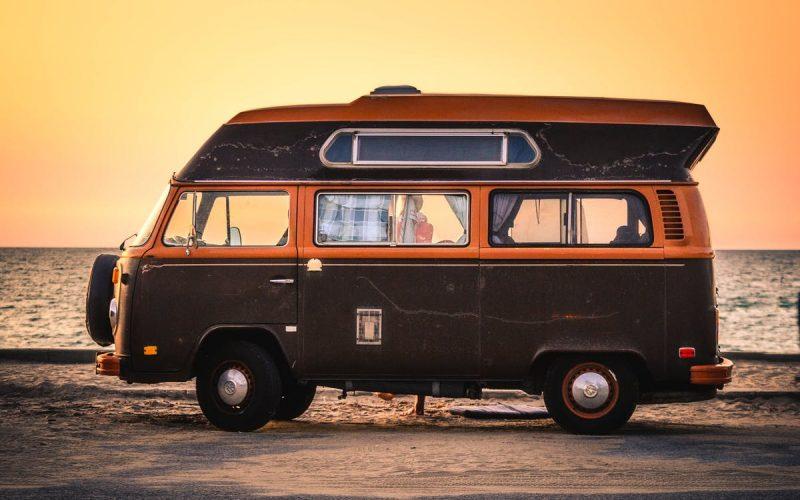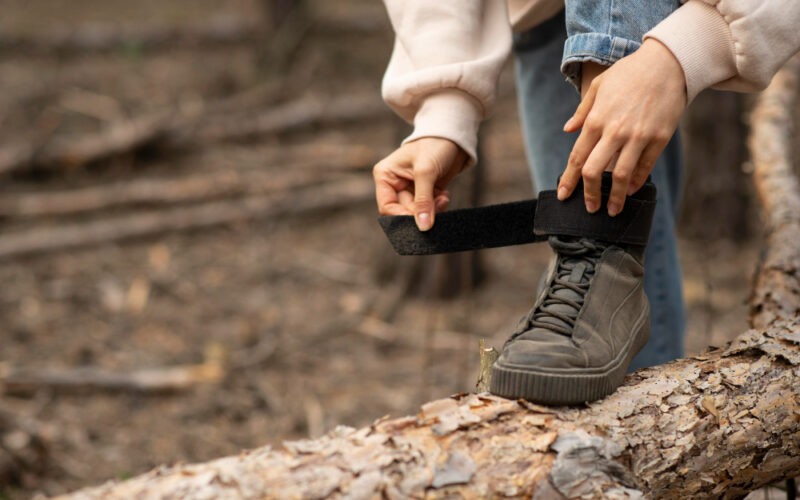
Australia is a unique country.
There are a lot of things we enjoy in a different way than the other parts of the world. Weather, for example. While most people around the world embrace the summer season with enthusiasm, we get ready for the winter. When it’s warmer and sunnier in other countries, we say goodbye to Autumn and welcome the winter season with a warm heart.
What about a road trip during winter?
Think about the snow-covered alpine peaks, stargazing at night in the cosiness of thick blankets and your loved ones next to you. There of course are a lot of other reasons you could find for going camping in winter. There are a lot fewer people around, less crowded tourist spots, more camping sites available and low season rates.
The real question, however, is which motorhome is best for you to travel during Australia’s winter?
How to Choose the Best Motorhome for Winter
As long as you’re prepared for the cold and have a warm motorhome to retreat to, winter is a really good time to travel. The most important thing about the best motorhome for winter is all about finding one that will keep you warm without constantly needing to heat it.
Interior insulation
A motorhome needs insulation to keep the warm air inside and keep the cold air out. When you intend to drive your motorhome in cold temperatures, you need insulation with a high R-value. Higher R-value means more thermal efficiency and greater energy savings.
Check with the dealer for the new motorhomes or the owner when you buy a used motorhome, if the insulation is done with rigid foam or fibreglass. These two materials are super effective for insulation keeping you warm through the coldest nights. You also need to check for the insulation on the floor and the roof as it will help your motorhome to keep the internal temperature comfortably warm.
Heating system
Insulation is necessary for keeping the hot air inside, but it doesn’t generate heat. You need a heating system to warm up the inside of your motorhome. Generally, there are 3 types of heating systems: reverse-cycle air conditioning, gas heating and diesel heating.
Reverse-cycle air-con has become popular because it can be used in both summer and winter months. This air-con system is reliable and safe to run overnight. It dries the air while making the space warmer or cooler. It is often fitted on the roof of the motorhome and so doesn’t consume much space. On the other side, this system will likely need a 240v AC power to run, so you need to be parked at a powered campsite.
A gas system is ideal for off-grid camping during winter where you need a more self-sufficient motorhome. It draws gas from the same canister that supplies gas for cooking, hot shower, etc., in your motorhome. It provides about 2 weeks of heating with a 9-kg bottle, hence efficient.
The diesel system is also good when you travel off-grid in the winter season. It produces a clean dry heat devoid of any humidity or condensation. There are ultra-compact designs with installation options with low power draw and high fuel efficiency.
Other factors
Enclosed underside of your motorhome
For optimal performance of your motorhome in freezing temperatures, the underside of the vehicle needs to be covered and heated; especially the mechanical moving parts and electricals that are underneath should be enclosed and hidden from the elements.
Insulation of water lines
All water lines and water tanks on board need to be well-insulated, sometimes even heated, to prevent them from freezing over.
Thermal cover
For your motorhome, a thermal cover can be set up on it that acts as another layer of insulation. During harsh winters, just covering the windscreen and bonnet can make a huge difference.
Snow chains
If you plan to venture into snowy conditions and if your motorhome is not already fitted with snow tyres, it is necessary to have snow chains. Especially in the alpine regions, fitting snow chains will prevent you from losing control of your motorhome.
Anti-freeze
Anti-freeze prevents the radiator from freezing or overheating. It’s a liquid that you pour into your motorhome engine coolant reservoir. A manual or a professional mechanic could help you if you don’t know how to add it.
Blankets, linen & thermals
An easy, effective way to stay warm in your motorhome is to have extra blankets and linen. A few extra layers could make a whole lot of difference in how you enjoy your winter adventure. Having thermal underclothing can help insulate your body and prevent losing heat.
Wrapping up
It’s all about making your next winter road trip as comfortable as possible. When you have a cosy motorhome to come back to, nothing else makes the adventure more enjoyable. There are a lot of motorhomes available manufactured by both domestic and international companies. You just need to consider all the above factors and more while choosing the best motorhome to buy or rent out.
Consider the above points while planning to set off on your winter road trip and have a comfortable and stress-free holiday.
Have a great adventure on wheels!





